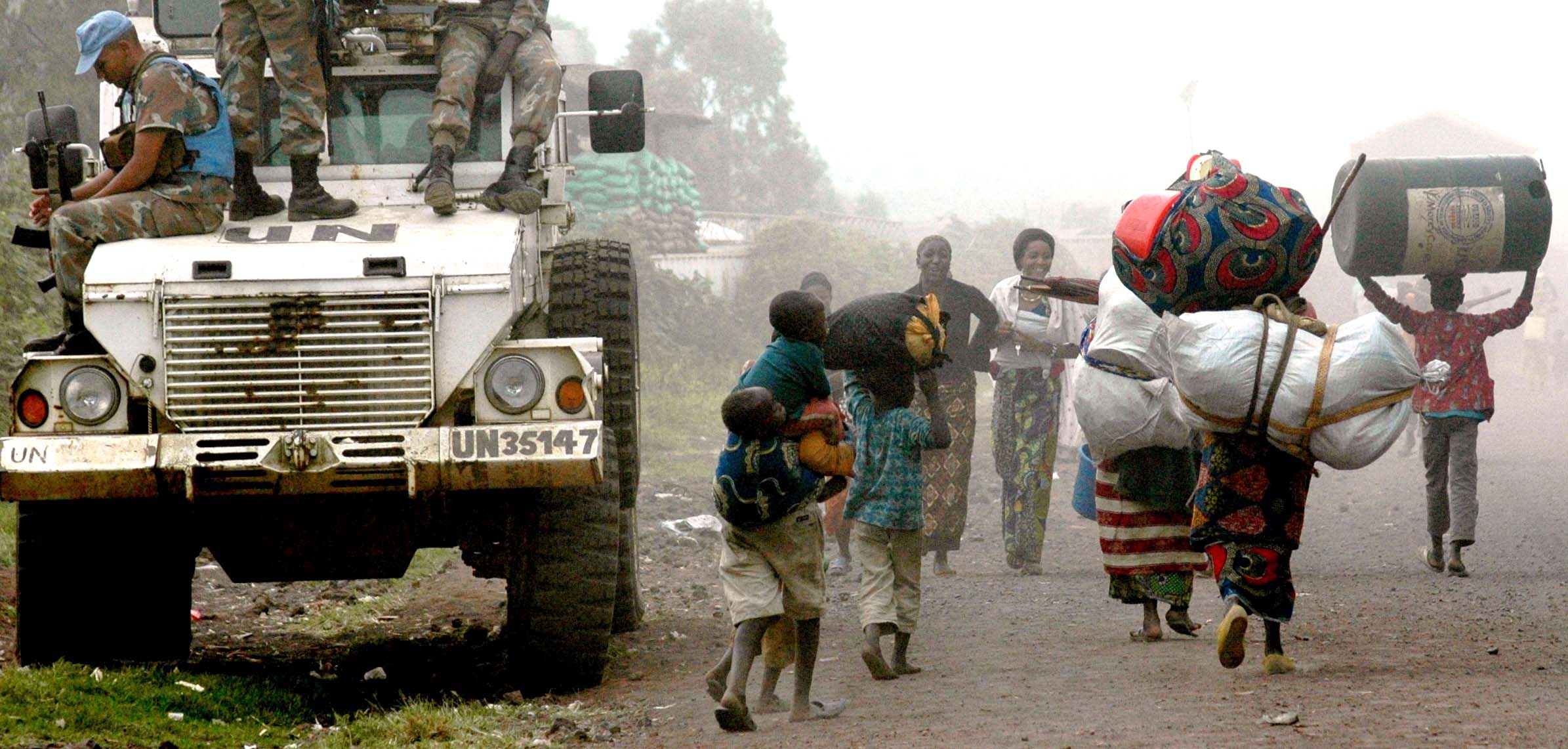Patrick Burton and Joanne Phyfer of South Africa’s Centre for Justice and Crime Prevention use the case of South Africa to argue that unique contextual factors impact children’s ICT use across varying countries and regions, which means the lack of knowledge about how children use ICTs in the global South severely limits our understanding of this issue.
Professor Sonia Livingstone and Dr Monica Bulger’s recent report on the development of a global research agenda on children’s rights in the digital age highlights the fact that good quality research at a global and local scale is essential to the development of comprehensive policies which properly address children’s digital rights worldwide. The authors note that currently, research is largely skewed towards developed countries, with far less being produced in the global South. As a result, little is known about the unique digital experiences and practices of children in developing contexts. This is problematic in terms of understanding the specific needs of children in these national contexts but also in terms of developing a complete understanding of the role ICTs (information and communication technologies) play in the lives of children worldwide.
South Africa provides a particularly pertinent example. Although the country has more than adequate research capacities, sophisticated data collection systems and robust data relating to a range of other sectors, a lack of representative research on children’s ICTs use leaves policy makers and the broader population ill-equipped to conceptualise digital rights which are appropriate to the needs of South African children.
The country has experienced an abrupt transformation and, for many, significant social change since 1994, coinciding with the rise of the digital era. While there continues to be an extreme, and largely racialized, wealth disparity in the country, research suggests that access to ICTs is widespread. Mobile technology in particular has been key to democratising access in South Africa because of its affordability compared with other technologies. Access to fixed telephony and the internet has to some extent been ‘leap-frogged’, with many first time users adopting mobile technologies. According to South Africa’s Census in 2011, approximately 88.9% of households had at least one cell phone, compared to only 21.4% having a computer and a meagre 14.5% having a landline telephone.
These data suggest that most people in South Africa have access to some form of ICT, even if not all have access to smart phone technology or an internet connection. One of the few studies of children’s use of ICTs specifically, the 2012 National School Violence Study, found that 81.1% of South African high school students owned or had access to a mobile phone and that this differed very little across urban and rural contexts. These basic findings suggest that a majority of children have some access to ICT in South Africa, although the quality of this access may vary.
Access versus use
Knowing that children have access to ICTs is not the same as knowing how children make use of this access. It is possible that the number of unique contextual factors may affect children’s use in South Africa and the kinds of dangers and opportunities children are exposed to online in this context. Most significantly, South Africa has high rates of criminal and gender based violence. The arguably normative nature of violence may impact how children and young people access and utilize ICTs, yet the way this affects children is unknown without any well-designed, representative, contextual research. One particular concern is the issue of gender based violence, which may affect how the already risky practice of sexting occurs in the country, and the impact that it may have on children. Sexting may well differ in practice and impact in South Africa from other countries where gender-based violence is less common.
Similarly, in Connected Dot Com, a qualitative study on young people’s experiences of ICTs use in South Africa, a fearfulness of witchcraft and the occult when using ICT has been expressed by children. This perceived risk seems to be unique to the country, or possibly the region, and there is currently no data on what this practically means for how children utilize ICTs, or how they manage perceived risks relating to this online. Further, there is no data on the relationship between online vulnerability to risk in relation to offline vulnerability, in a context where children are disproportionately classified as vulnerable at an individual, family, school and community level. Indeed, factors such as the race, economic disparity and tension between urban and rural identity may all play themselves out in particular ways online and exacerbate the risks globally synonymous with ICT use, such as cyberbullying.
South Africa’s approach to online protection may also affect how ICTs are used in the country. Although child protection in South Africa is upheld by progressive legislation, in practice there is a tendency towards more punitive approaches to managing issues of children’s safety and well-being. Corporal punishment, for example, is still widely practiced in schools around the country despite being illegal. In relation to ICTs, an increasingly punitive and restrictive approach to managing children’s safety is evident, and is intensified by alarmist media reporting based on anecdotal, rather than representative, evidence. In this context, children’s rights and opportunities are increasingly threatened, with safety being approached from a position of restriction and regulation. This reflects Livingstone and Bulger’s (2013) argument that developing countries do tend to take an initially punitive approach to dealing with the dangers of children’s ICT use, replacing techno-optimism with moral panic as soon as the dangerous aspects of these technologies become apparent. Without further research it is impossible to challenge these views and work to discredit assumptions that may be harmful or destructive.
Seeking to enhance children’s safety online while protecting their digital rights without access to reliable contextual information highlights the importance of Livingstone and Bulger’s (2013) argument for the South African context. It cannot be assumed that research produced in the global North can inform approaches taken in developing contexts as the relevance of those research findings to the experiences of children in the global South is largely unknown.
Some key questions need to be explored in the South African case, in order to ensure that national legislation concerned with child safety and digital rights adequately reflects the needs of children within the local context.
- How do children use ICTs in South Africa? What technologies do they use, what platforms are utilized, what are their common practices, what motivates them to use ICT, and what are the contextual factors driving their use?
- How does the normativity of violence in South Africa affect ICTs use? Are normative attitudes to violence translated into online behaviour, and how do these normative attitudes shape risk, harms, and children’s sense of agency?
- Does the model of risk and harms translate to communities in which the majority of children may be considered as vulnerable when assessed against “conventional” criteria? Can and do ICTs exacerbate, or mitigate, offline risk for vulnerable children within such contexts?
The South African case demonstrates that there are inevitably unique contextual factors that impact on children’s ICTs use in every country. Despite the notion of a global community and the immense opportunities for international social connection ICTs affords, it cannot be assumed that children make use of ICTs in the same way all over the world. Relying on research produced in the global North to inform approaches taken in the global South is limiting and further, it misses the opportunity to understand the diversity of experiences children having using ICTs. An approach which is informed by local and international research is far more balanced and will undoubtedly result in more effective child safety within different contexts.
This post originally appeared on the LSE Media Policy Project Blog.






